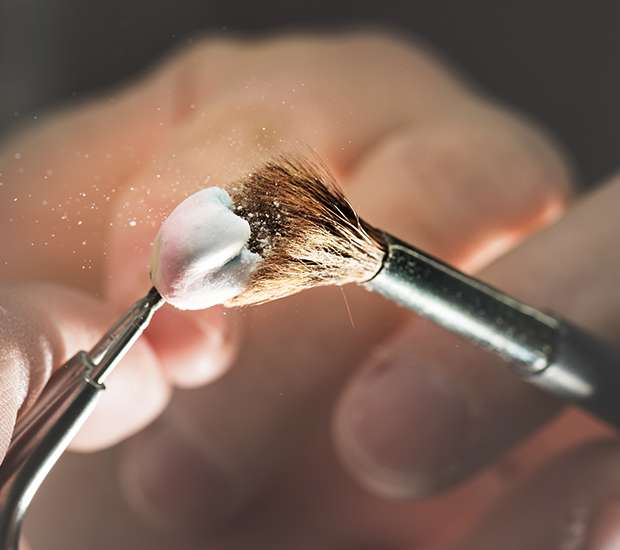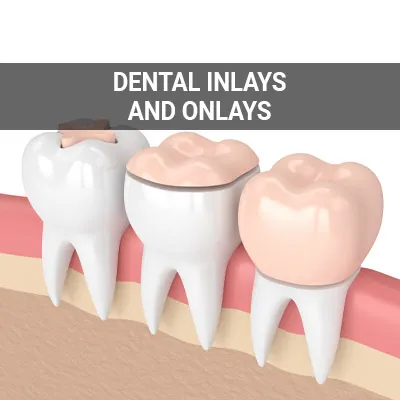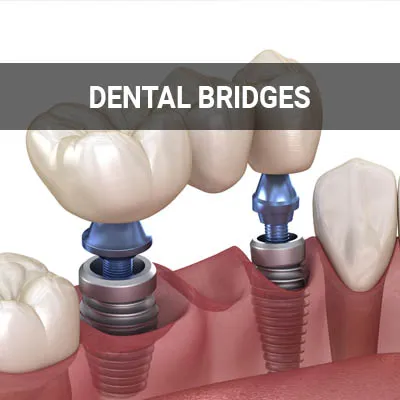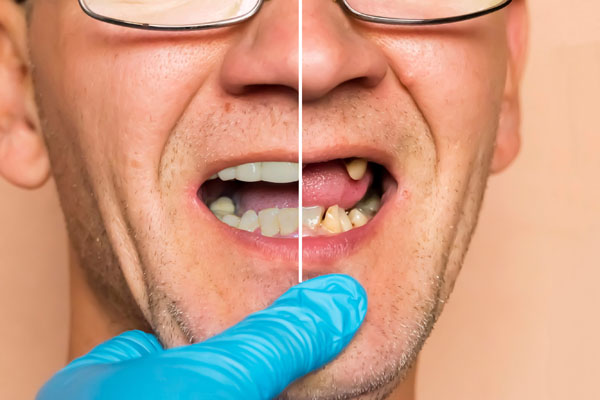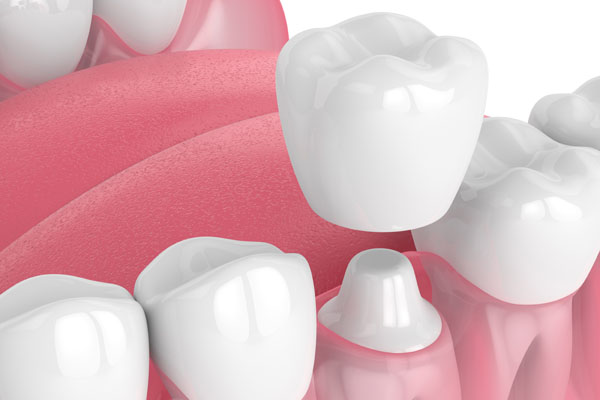Restorative Dentistry Federal Way, WA
Restoration dentistry encompasses a variety of services geared towards restoring the function and appearance of a tooth or overall smile. Dental restorations replace missing or broken teeth and repair missing tooth structures resulting from tooth decay, deterioration, or a fracture. Restorations may include a filling, crown, bridge, implants, or dentures.
Restoration dentistry is available at Smile Center Dental Care in Federal Way and the surrounding area. We can help restore your tooth or teeth to give you a more functional, appealing smile. Call us today at (253) 336-0023 to schedule an appointment or learn more about our services.
Understanding Restorative Dentistry
Restorative dentistry is a branch of dentistry that aims to restore or replace damaged and missing teeth. Dentists who perform restorative procedures remove and repair cavities, provide treatments for other oral conditions, and treat repairs caused by trauma or injuries. Multiple dental specialists perform this branch of dentistry, depending on the type of restorative treatment a patient requires. Restorations can be available at a general dentist, endodontist, prosthodontist, or periodontist.
While restorative dentistry does cover dentists who restore teeth, it is not an ADA-recognized specialty. Many dentists perform restorative procedures and treat patients of all ages, from early childhood to late adulthood. In most cases, a patient will be informed of the type of restoration they need and the specialist who performs the treatment.
“Restorative dentistry is a branch of dentistry that aims to restore or replace damaged and missing teeth.”
Benefits of Restorative Dentistry
There are many advantages to undergoing restorative treatment. Above all, restorative dentistry repairs missing or damaged teeth and restores them to their natural, functional state. Other benefits of seeking restoration include:
- Enhancing the teeth and overall appearance of the mouth
- Improving oral and overall health
- Offering support for a more adequately structured mouth
- Preventing tooth movement
- Protecting natural teeth and their surrounding structures
- Providing a life-long solution to pain and harmful oral conditions
Restorative dentistry differs from cosmetic dentistry in that restorations address function and health, while cosmetic treatments primarily focus on aesthetics. Many cosmetic treatments, such as veneers and crowns, mimic restorations — but the primary goal differs.
“Restorative dentistry differs from cosmetic dentistry in that restorations address function and health, while cosmetic treatments primarily focus on aesthetics.”
Performing Restoration Dentistry
General dentists serve as the first line of defense against oral health problems. All general dentists have the ability and experience to conduct most restorative dentistry procedures. Even though general dentists typically forgo postgraduate dental specialist programs, they receive the necessary training and education during dental school to perform these procedures.
Further education or certifications are unnecessary to provide restorative dental services. Patients that are interested in receiving treatment should speak with our dentist to discuss the available procedures. If our dentist does not perform a given treatment, they will provide a specialist referral.
” All general dentists have the ability and experience to conduct restorative dentistry procedures.”
Check out what others are saying about our dental services on Google: Restorative Dentistry in Federal Way, WA
Finding the Right Restorative Dentist
When seeking restorative treatment, it is important to look at certain factors that may set a dentist apart from the rest. The most crucial factor is patient age, as many dentists focus their services on a particular group of individuals and may be more qualified to treat that age group.
Children
Restorative dentistry for children may differ slightly from teens and adults since a child's teeth are continuing to develop. It is a good idea to find a pediatric dentist who treats children as they may be more kid-friendly, have appropriate tools and equipment, and be more inclined to save their natural teeth as opposed to performing invasive procedures.
Teens
As teens have fully developed permanent teeth, they may undergo most types of dental restorations. However, their jaw and underlying bone are still developing; thus, they likely are not candidates for permanent restorations, such as dental implants. We recommend seeking a dentist who works primarily with teens and understands how to relay information to a patient in that age group.
Adults
Adults with fully developed teeth, gums, and bones are most often candidates for any type of dental restoration. However, every patient is different and requires varying treatments that work for their overall health depending on many factors, such as medications taken, oral and general health conditions, and preference. Seeking a dental professional who works primarily with adults can help patients attain the type of restoration they need more quickly.
“The most crucial factor is patient age, as many dentists focus their services on a particular group of individuals and may be more qualified to treat that age group.”
Questions Answered on This Page
Q. Who performs restorative dentistry?
Q. What are the restoration dentistry procedure options?
Q. What is restorative dentistry?
Q. What are the benefits of restoration dentistry?
Q. What factors should be considered when looking for a restorative dentist?
People Also Ask
Q. What is an indirect dental restoration?
Q. Is dental implant restoration common?
Q. What is a partial removable denture for one missing tooth?
Restoration Dentistry Options
Patients can receive direct or indirect restoration procedures based on their specific dental problems. Direct restorations are ones that occur completely in the mouth. This treatment involves placing a filling into a prepared tooth cavity. Depending on the tooth decay's location and extent, patients can choose from various filling materials, including ceramic, silver amalgam, glass ionomer, and composite.
Indirect restoration procedures involve the custom creation of tooth replacements outside of the mouth. These procedures require more work than direct restoration treatments but are a stable and long-lasting solution for more severe tooth damage. Common procedure options include veneers, inlays, onlays, and crowns, which help teeth regain strength and function. Other procedures, such as bridges and implants, replace missing teeth.
“Patients can receive direct or indirect restoration procedures based on their specific dental problems.”
Frequently Asked Questions
Q. What are the options for replacing missing teeth?
A. A missing or extracted tooth can be replaced through a variety of treatments. The most commonly used restorations are crowns, bridges, and partial or complete dentures. Crowns are typically used for one tooth, while bridges and dentures are a more common option for treating multiple teeth.
Q. When are restorations done instead of an extraction?
A. We generally try to save patients' natural teeth as no dental restoration is as functional and effective as a natural tooth. In many cases, we can use a dental restoration instead of pulling a patient's tooth. However, in cases of severe decay, deterioration, or infection, an extraction may be necessary to maintain the health of the tooth in question and surrounding structures.
Q. What are the types of restorations?
A. A dental crown is a cap that covers an entire tooth; a bridge consists of multiple crowns anchored together to replace two or more teeth; dentures are tooth-replacement devices that take the place of two or more missing teeth; and implants are artificial roots that hold dental restorations such as crowns and bridges.
Q. Is dental restoration an option for children?
A. Restorative dentistry is available to all age groups. It is important to look for a dentist who focuses on or has experience working with children. There are limited restorative treatments available to children as their teeth and mouths are continuing to develop.
Q. What is the most common type of restorative treatment?
A. Fillings and crowns are the most common restorative treatments. Fillings are frequently done because of the commonality in acquiring cavities from early childhood to late adulthood. Crowns are used for replacing teeth after various procedures, from severe decay to root canals.
Dental Terminology
Call Us Today
Tooth damage and decay can cause many oral and overall health problems. Our team at Smile Center Dental Care provides restoration dentistry to restore the health of your smile. Call us today at 253-336-0023 to learn more about our services or schedule an appointment.
Helpful Related Links
- American Dental Association (ADA). Glossary of Dental Clinical Terms. 2024
- American Academy of Cosmetic Dentistry® (AACD). Home Page. 2024
- WebMD. WebMD’s Oral Care Guide. 2024
About our business and website security
- Smile Center Dental Care was established in 2005.
- We accept the following payment methods: American Express, Cash, Check, Discover, MasterCard, and Visa
- We serve patients from the following counties: King County and Pierce County
- We serve patients from the following cities: Federal Way, Auburn, Kent, Des Moines, Tacoma, Fife, Milton, Edgewood, SeaTac, and Algona
- National Provider Identifier Database (1770035289). View NPI Registry Information
- Norton Safe Web. View Details
- Trend Micro Site Safety Center. View Details
Back to top of Restorative Dentistry
